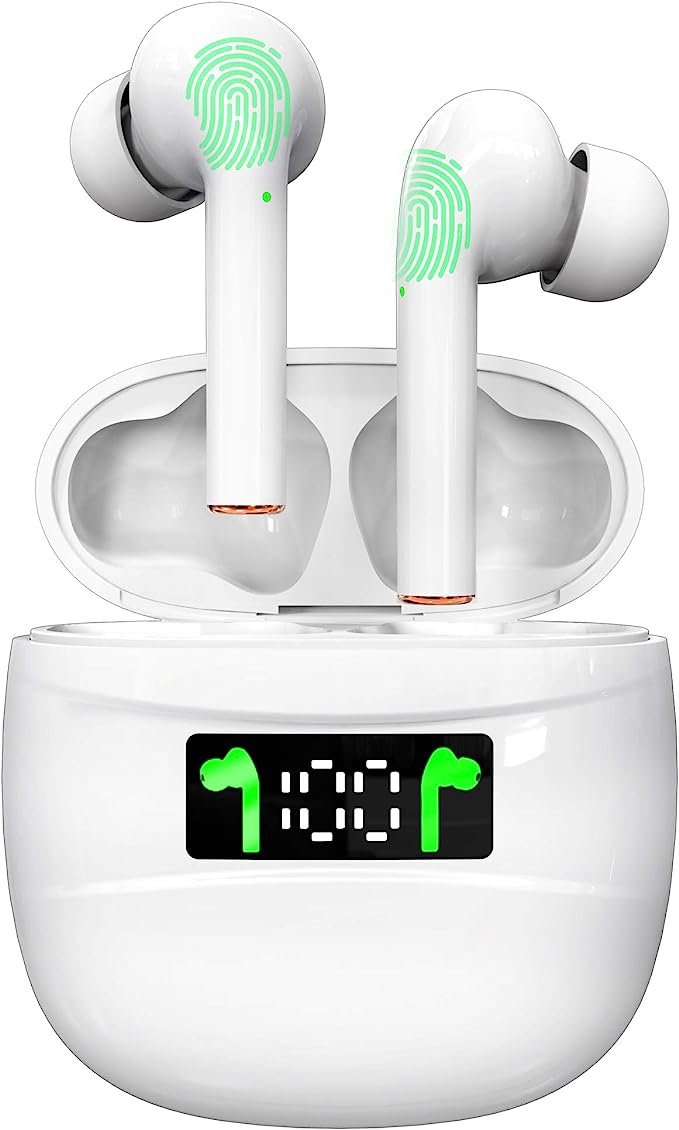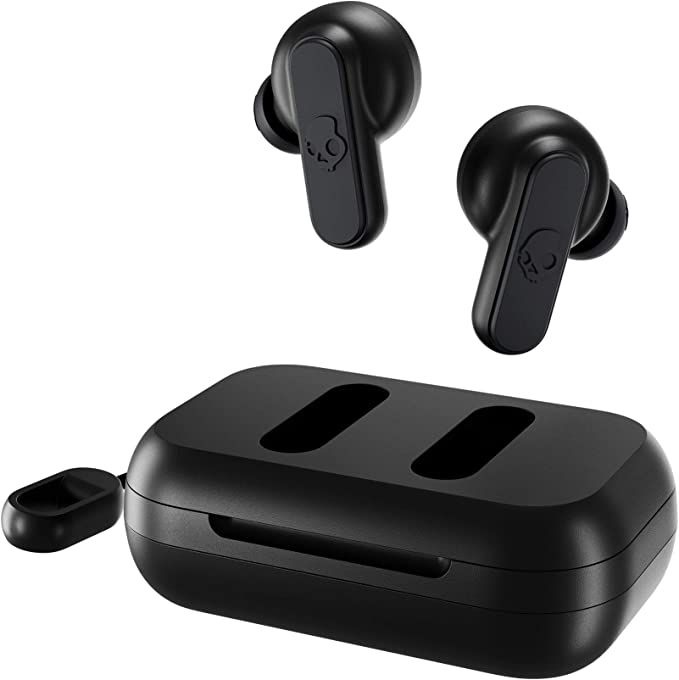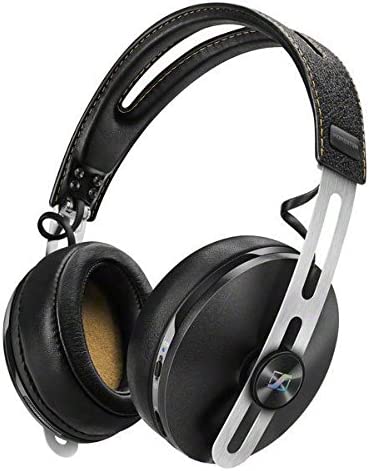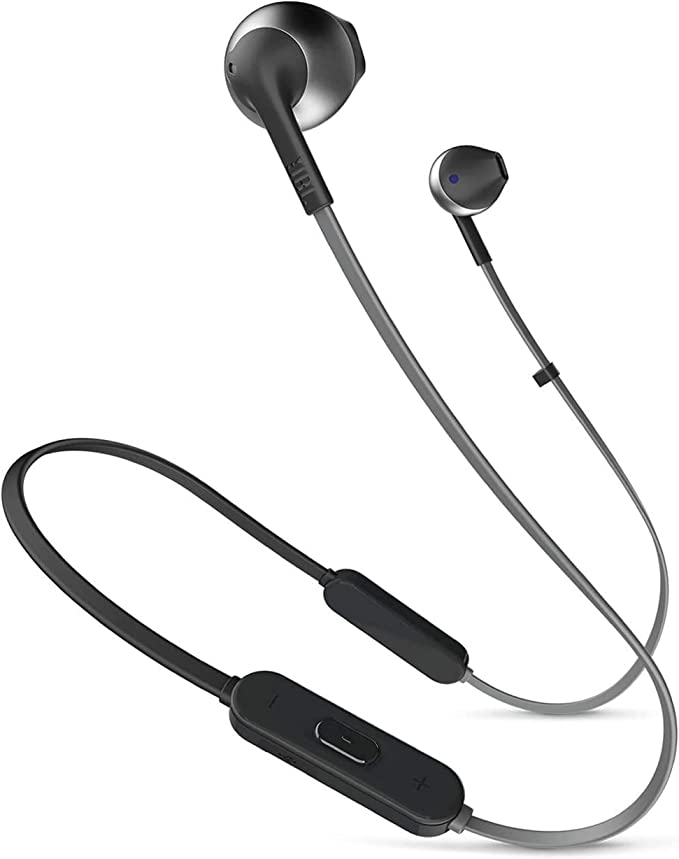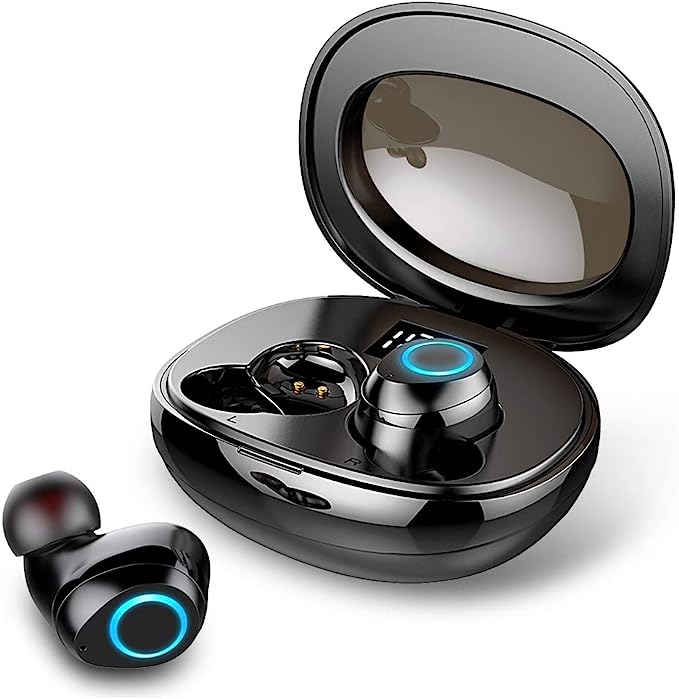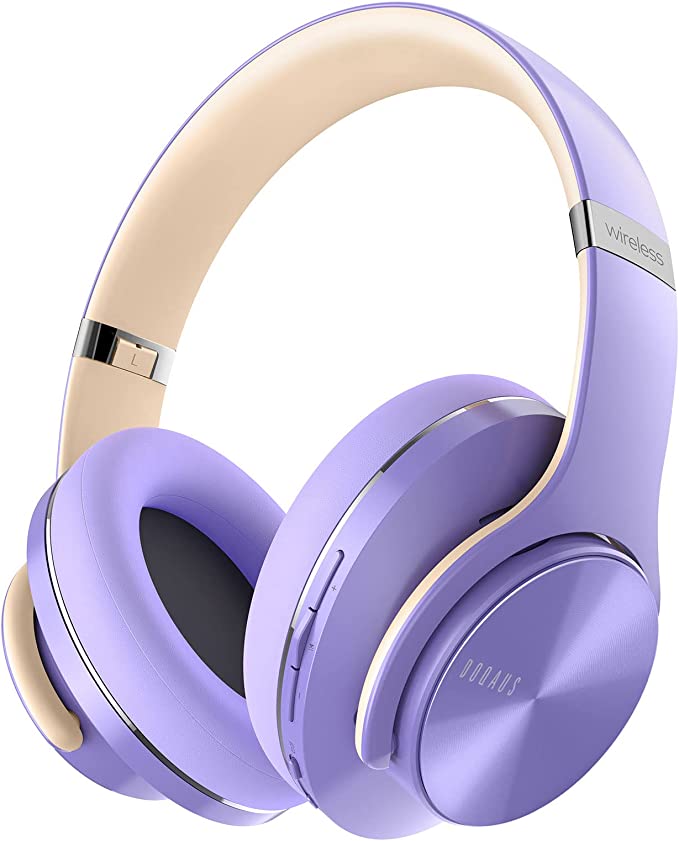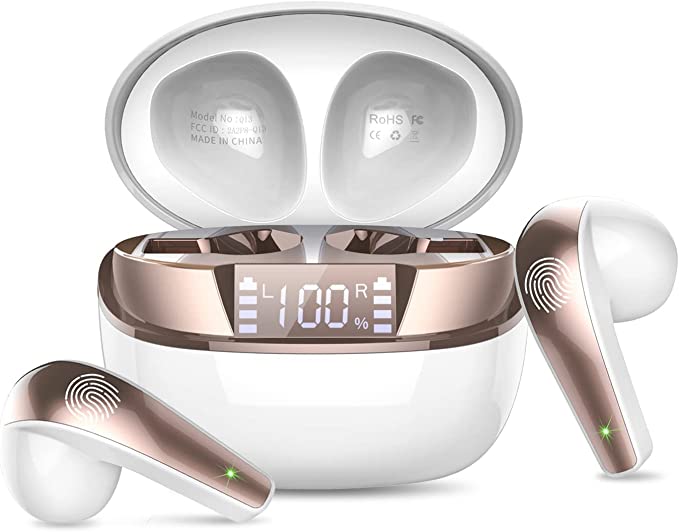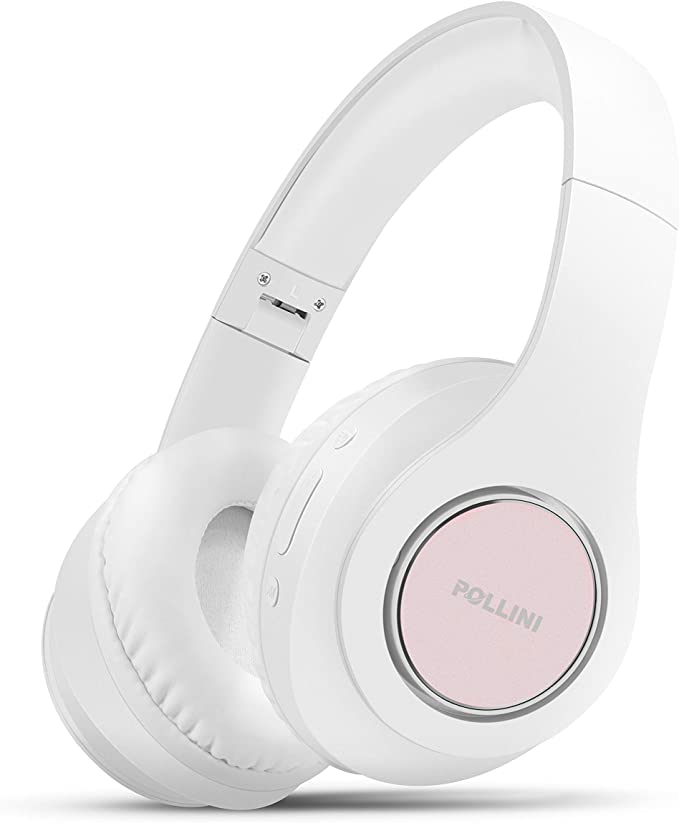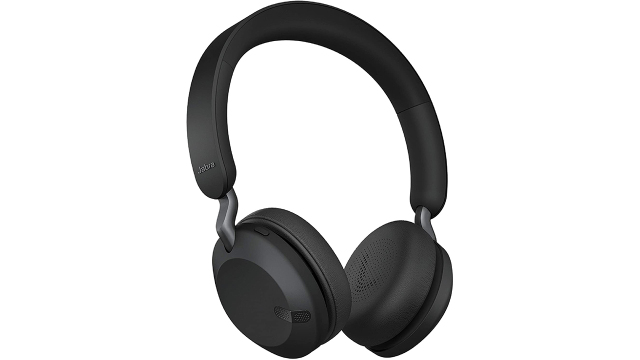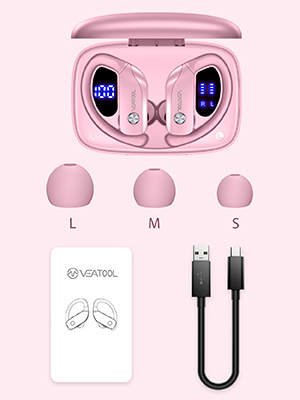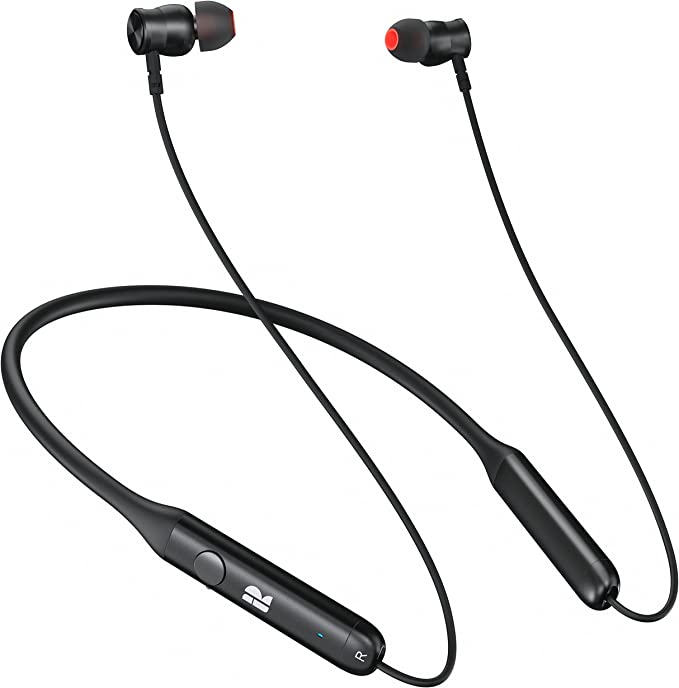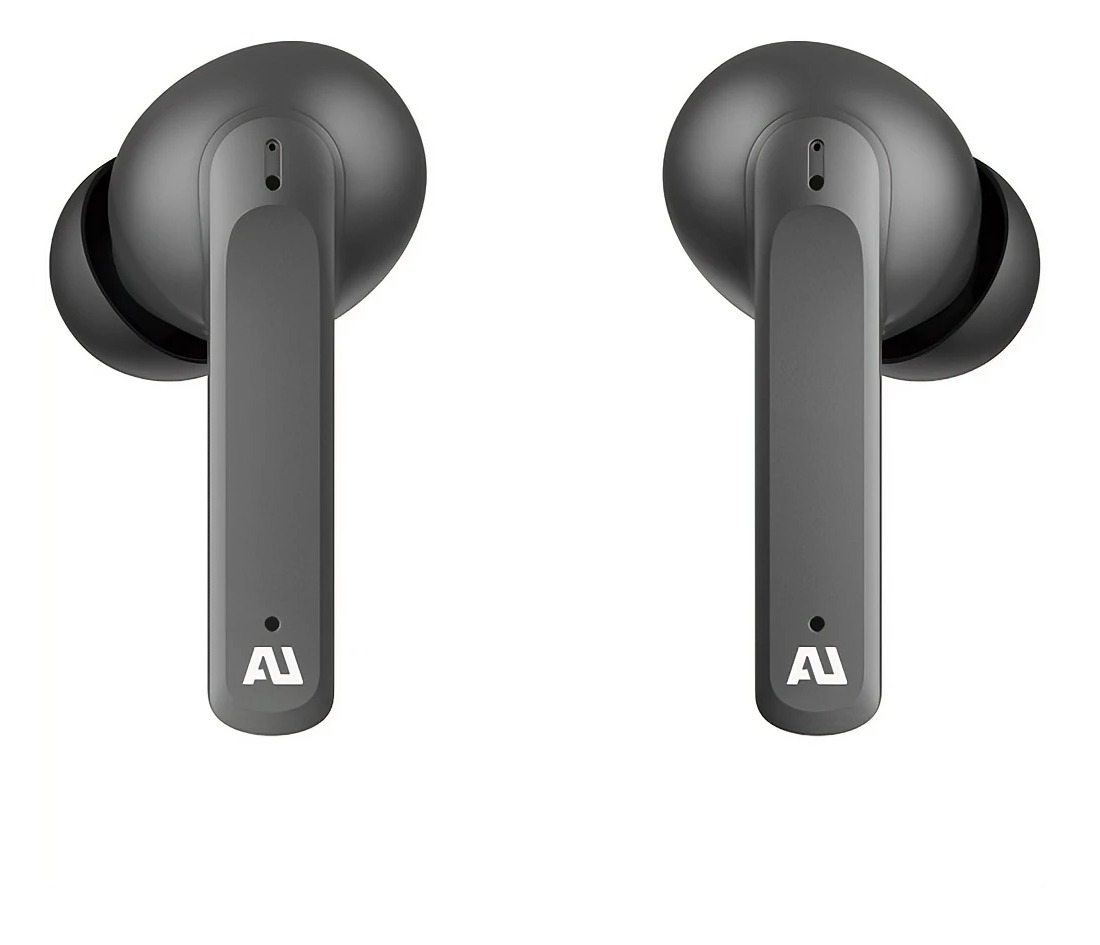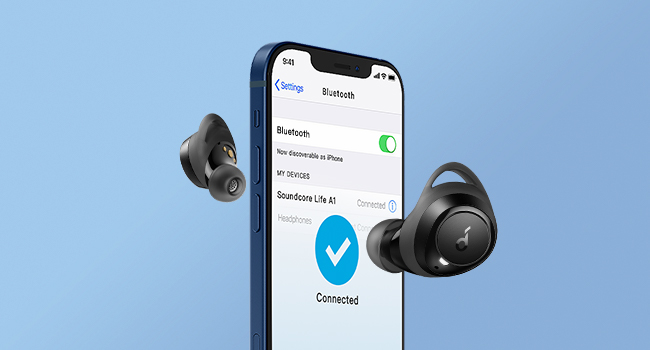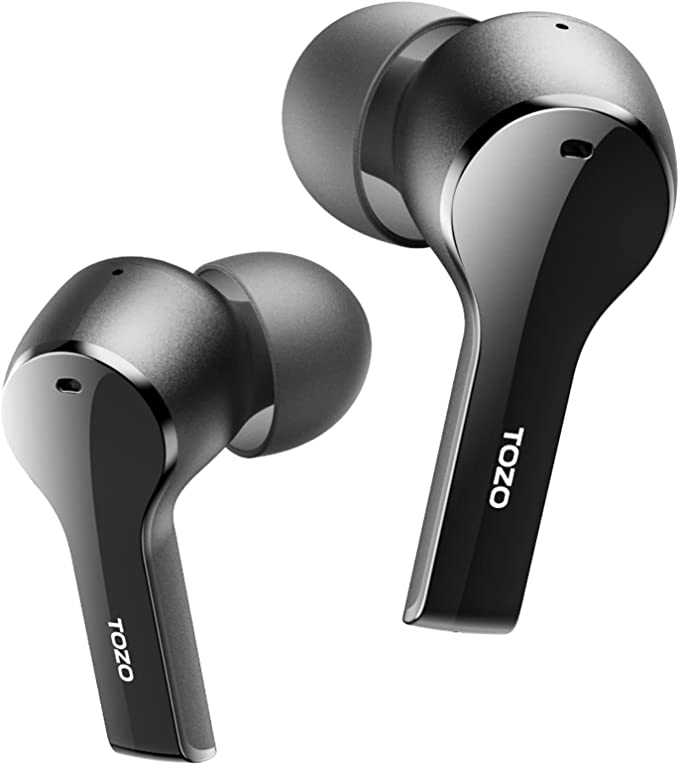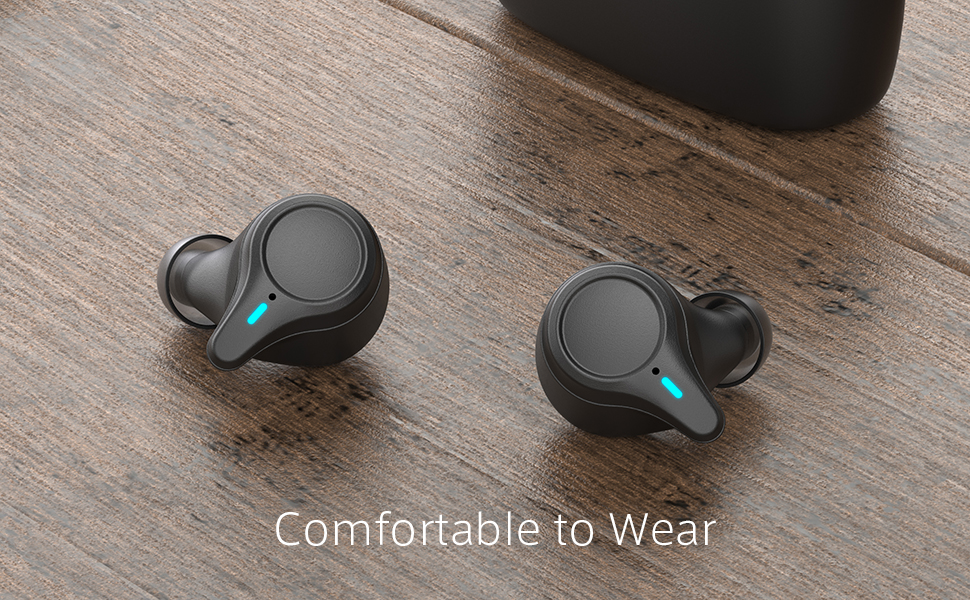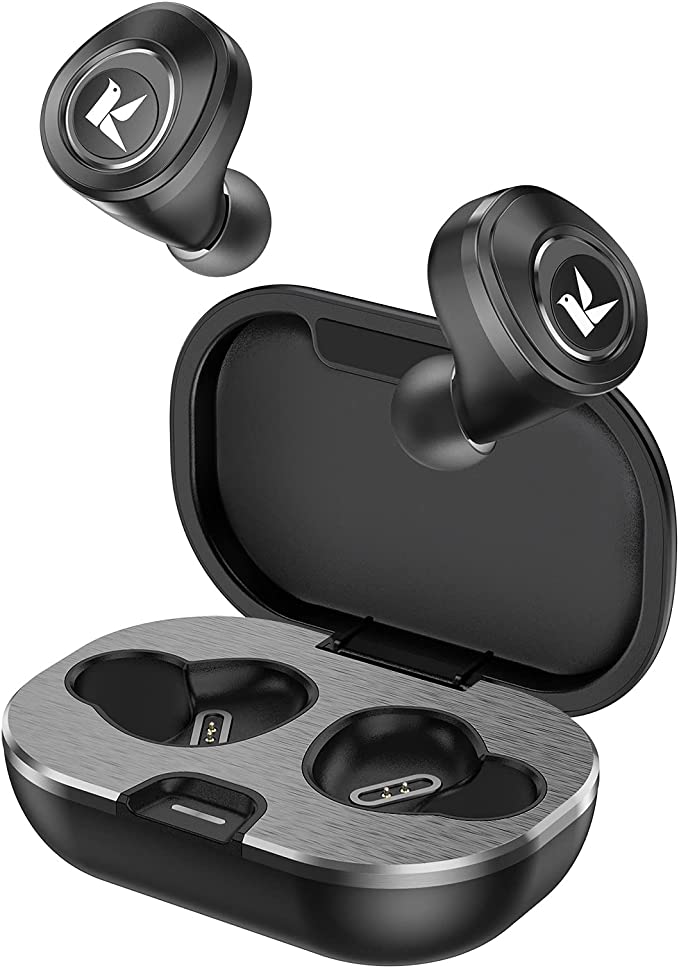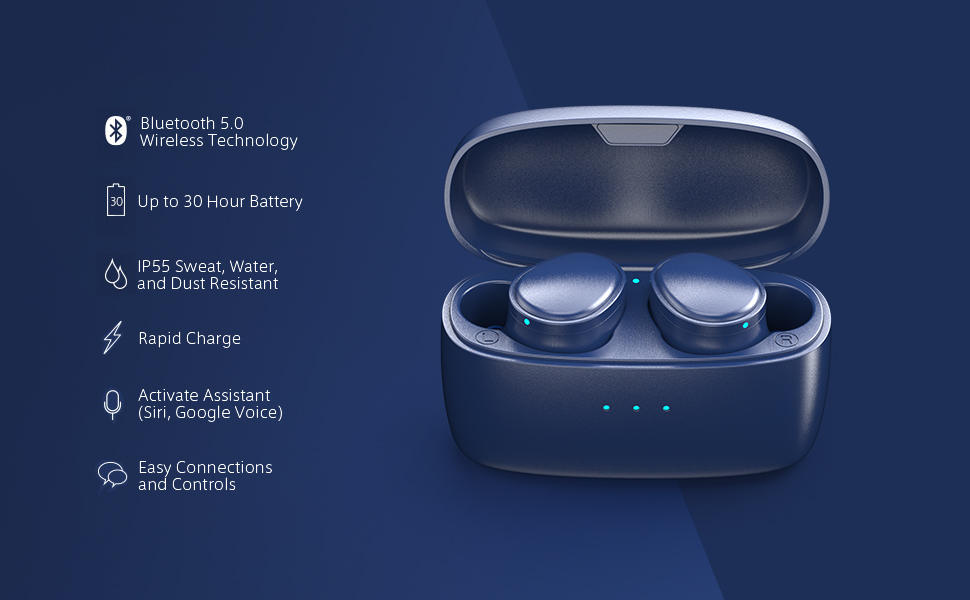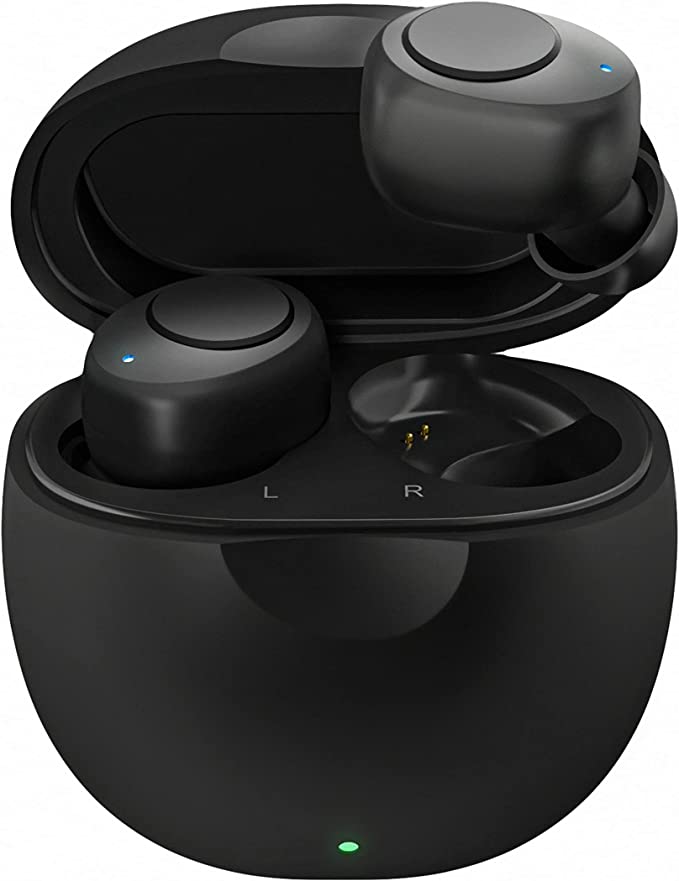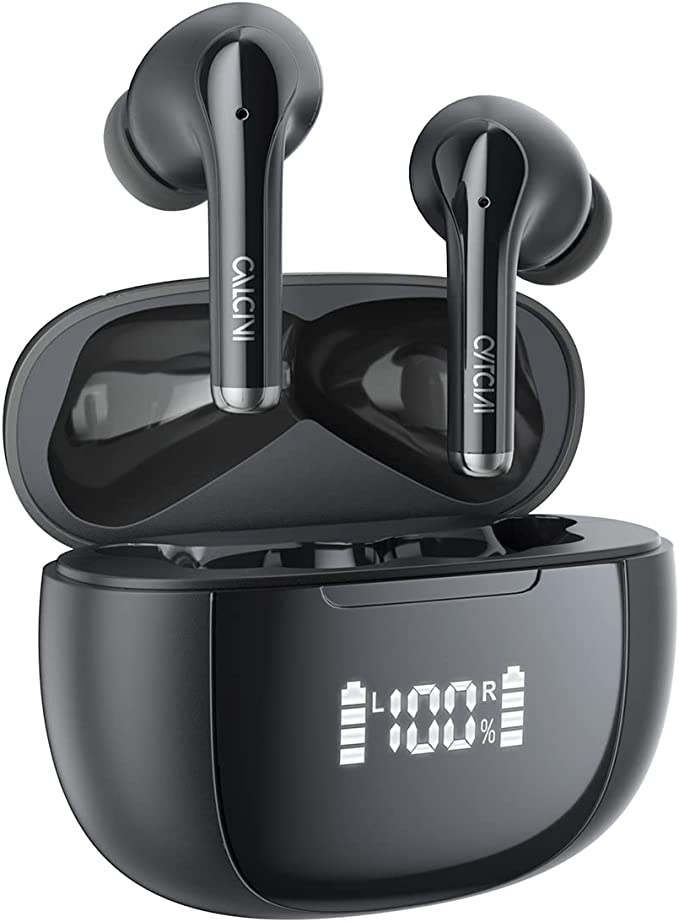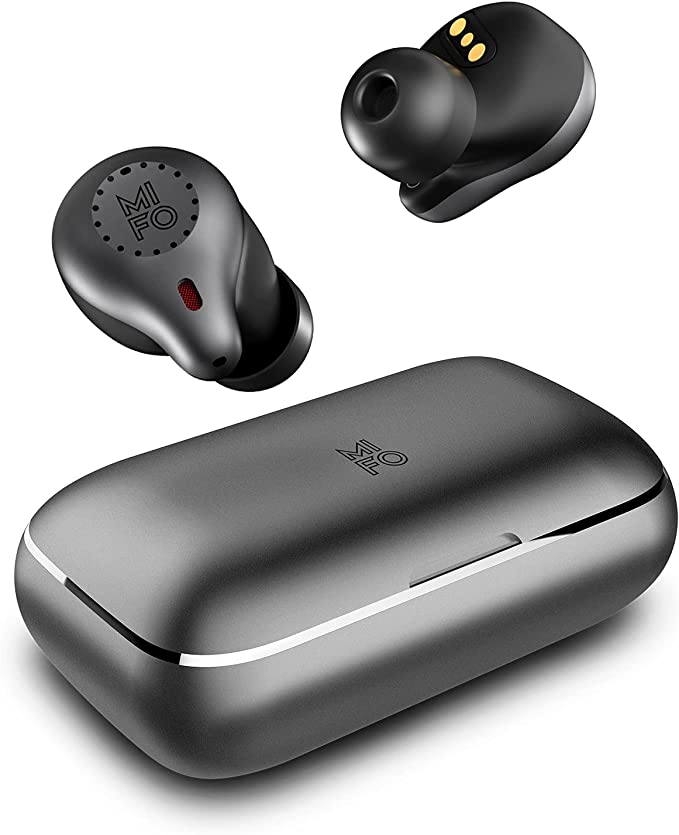Morpheus 360 TW1500B Spire Earbuds: The Science of Seamless Sound, Stable Connections, and All-Day Audio
Update on May 14, 2025, 2:44 p.m.
There’s a quiet revolution that’s happened, almost literally, in our ears. Cast your mind back, not too long ago, to the ritual of untangling headphone wires – that daily dance with knotted frustration. Now, picture the effortless freedom of popping in a pair of true wireless earbuds. It’s more than just convenience; it’s a testament to some remarkable technological strides that have made seamless, personal audio an integral part of our daily rhythm. These tiny marvels, like the Morpheus 360 TW1500B Spire True Wireless Earbuds, pack a symphony of technologies into a surprisingly compact form. So, let’s pull back the curtain and explore the science and engineering that make your everyday audio experience possible, using the Spire as our guide on this fascinating journey.

The Invisible Handshake: Decoding Bluetooth 5.2
At the very core of your wireless listening experience is Bluetooth, that invisible handshake that connects your earbuds to your phone, tablet, or laptop. The Morpheus 360 Spire, according to its product information, employs Bluetooth 5.2. Now, version numbers can often feel like marketing fluff, but in the world of Bluetooth, each iteration brings tangible improvements, and 5.2 is a significant step for audio.
Think of Bluetooth versions like generations of a dedicated courier service. Early versions could carry small packages (data) reliably over short distances, but they might have been a bit slow and power-hungry. Bluetooth 5.2, however, is like a fleet of highly efficient, nimble couriers. One of its star features, relevant to audio, is its enhanced support for Bluetooth Low Energy (BLE) Audio. This isn’t just about saving a little power; it’s a fundamental redesign aimed at delivering high-quality audio while sipping energy. This is a key reason why the Spire earbuds can claim “longer battery life” – the very connection protocol is designed for endurance.
But what about those frustrating moments when your music stutters or a call drops? Bluetooth 5.2 also brings advancements designed to create a “stronger signal” and more robust connections. It introduces features like Enhanced Attribute Protocol (EATT), which allows for more parallel transactions and reduces latency, and LE Power Control, which helps devices optimize their transmission power. While no wireless connection is entirely immune to interference (our world is saturated with radio waves!), Bluetooth 5.2 is engineered to be more resilient, navigating this busy airspace with greater finesse. This stability is crucial not just for uninterrupted music, but also for “clear voice pickup” during calls – ensuring your voice data is transmitted consistently and efficiently. Furthermore, Bluetooth 5.2 includes support for Isochronous Channels, a game-changer for synchronized data streams. For true wireless stereo earbuds, this means both earbuds can receive audio data simultaneously and with precise timing from the source, leading to better stereo imaging and reduced latency – a far cry from earlier TWS methods where one earbud would receive the signal and then relay it to the other.

Crafting Your Personal Concert: The Magic of 6mm Neodymium Drivers
Once the audio signal has flawlessly traversed the Bluetooth ether, it’s up to the drivers within each earbud to transform that electrical data into the sound waves that reach your eardrums. The Spire earbuds, as per their specifications, house “custom tuned 6mm Neodymium Drivers.” Let’s break that down.
A driver is essentially a miniature loudspeaker. It has a diaphragm (a thin membrane), a voice coil (a coil of wire attached to the diaphragm), and a magnet. When the audio signal (an electrical current) passes through the voice coil, it creates a fluctuating magnetic field that interacts with the permanent magnet’s field. This interaction causes the voice coil and the attached diaphragm to vibrate rapidly, pushing and pulling the air to create sound waves.
The “Neodymium” part is crucial. Neodymium is a rare-earth metal that, when alloyed with iron and boron, creates incredibly powerful permanent magnets for their size. Think of it as the espresso shot for magnets – a small amount delivers a big kick. In a tiny earbud driver, a strong Neodymium magnet allows for greater control over the diaphragm’s movement, leading to potentially more accurate sound reproduction, better efficiency (more sound for less power), and the ability to make the driver itself smaller and lighter. This is foundational to achieving what the Spire aims for: “Hi-Fi Quality Sound” that is both “balanced” and “immersive.”
The “6mm” refers to the diameter of the driver. While larger drivers can often move more air and produce more powerful bass, in earbuds, it’s a delicate balancing act between size, power handling, and the ability to reproduce a wide range of frequencies accurately. The “custom tuned” aspect is where art meets science. Engineers will meticulously adjust the driver’s characteristics, the acoustic chamber it sits in within the earbud, and potentially the digital signal processing to achieve a specific sound signature – in this case, one that Morpheus 360 describes as “balanced” (meaning no single frequency range like bass or treble dramatically overpowers others) and “immersive” (aiming to create a sense of space and envelopment in the sound).
Finally, the in-ear design of the Spire, like most earbuds of this type, contributes to a degree of passive noise isolation. By fitting snugly into your ear canal with the appropriate silicone ear tips (the Spire comes with three sizes, a vital detail for both comfort and sound quality), they create a physical barrier that helps to “reduce ambient noise.” This isn’t the active noise cancellation found in pricier models, which uses microphones to actively counter external sounds, but it’s a surprisingly effective way to help you focus on your audio without needing to crank up the volume excessively.

The All-Day Encore: Battery Life and the Pocket Powerhouse
All this sophisticated wireless communication and audio reproduction would be for naught if the earbuds died after an hour. Powering these tiny tech marvels are Lithium Polymer (Li-Po) batteries. The product information for the Spire mentions “3 Lithium Polymer batteries required,” likely referring to one in each earbud and one in the charging case. Li-Po batteries are a popular choice for portable electronics because they offer high energy density (meaning they can store a lot of energy in a small, lightweight package) and can be molded into various shapes, perfect for the compact design of earbuds.
The Spire earbuds themselves are rated for “up to 5 hours of use on a single charge.” This playtime is a result of several factors working in concert: the power-efficient Bluetooth 5.2 chipset, the efficiency of the Neodymium drivers, and careful power management within the earbuds’ circuitry.
But the real key to all-day listening with true wireless earbuds is the magnetic charging case. The Spire’s case provides an “additional 350 mAh of charging power,” extending the total usage time to “up to 20 hours.” Think of the case as your earbuds’ personal mobile power bank or a cozy little rest stop where they can refuel. When you place the earbuds back into their magnetically guided slots, they begin to recharge from the case’s internal battery. This ecosystem means that even if the buds themselves have a 5-hour limit, a few short stints in the case throughout the day can keep them topped up and ready for your next listening session. The case itself, according to the product details, takes about “2 Hours” to recharge, readying the whole system for another extended period of use.

Life-Proofing Your Soundtrack: Durability and Intuitive Touch
Our audio companions often venture with us into less-than-ideal environments. A sudden downpour during your commute, or the inevitable sweat during a strenuous workout, could spell disaster for delicate electronics. This is where thoughtful design for durability comes in. The Morpheus 360 Spire earbuds are described as “sweat proof and waterproof” and “impervious to Rain and Sweat.”
While the product page doesn’t specify an IP (Ingress Protection) rating, which is the standardized measure of dust and water resistance (e.g., IPX4, IPX7), the description implies a level of protection suitable for everyday encounters with moisture. This is typically achieved through a combination of tight seals around any openings, water-repellent coatings on internal components, and materials that resist moisture damage. It’s crucial to note the manufacturer’s qualifier: “Not Submersible.” So, while they should handle your gym session or a jog in light rain just fine, they aren’t designed for a swim.
Interacting with your audio without fumbling for your phone is another hallmark of modern earbuds. The Spire features “One Touch Media Control,” which relies on capacitive touch technology. Unlike a physical button that needs to be pressed, capacitive sensors detect the subtle change in the electrical field on the earbud’s surface when your finger makes contact. Your body has a natural capacitance, and when you touch the sensor, you alter its local capacitance, which the earbud’s processor registers as a command. This allows for a sleek, buttonless design and enables you to control music playback (play/pause, skip track), manage calls, and even summon your phone’s voice assistant (like Siri or Google Assistant) with a series of taps or holds defined by the manufacturer. It’s these little intuitive interactions that elevate the user experience from merely functional to genuinely convenient.
The Other Half of the Conversation: The Wireless Microphone
In our connected world, earbuds are increasingly used not just for consuming media, but for creating it – specifically, our voice during calls or when interacting with voice assistants. The Spire is listed as having a “Wireless Microphone” and is designed for “clear voice pickup.”
In most true wireless earbuds, tiny MEMS (Micro-Electro-Mechanical Systems) microphones are used due to their small size, low power consumption, and good sensitivity. Capturing clear voice in a device that’s positioned in your ear, some distance from your mouth, and often in noisy environments, is a significant engineering challenge. Manufacturers employ various strategies. The placement of the microphone(s) is critical. Some designs use multiple microphones per earbud, enabling techniques like beamforming, where the signals from the microphones are processed to focus on the speaker’s voice while attenuating sounds from other directions. Bluetooth 5.2 itself can contribute to clearer voice calls by providing more stable and efficient data transmission for voice packets. While the specific microphone technology in the Spire isn’t detailed beyond the “clear voice pickup” claim, it’s an essential feature for anyone who relies on their earbuds for hands-free communication.
Coda: The Symphony of Simplicity
From the intricate dance of Bluetooth signals to the precise vibrations of Neodymium-driven diaphragms, the sustained energy from Li-Po cells, and the resilient design that shrugs off a bit of rain, the Morpheus 360 TW1500B Spire earbuds, like their many counterparts in the true wireless world, are a remarkable symphony of diverse technologies. Each component, each line of code, each design choice contributes to an experience that, for the user, aims to be one of effortless simplicity.
These little audio companions are more than just gadgets; they are enablers – of focus during work, motivation during exercise, relaxation during downtime, and connection with loved ones across distances. The journey of personal audio has been one of constant innovation, and while we often take these advancements for granted, pausing to appreciate the science and ingenuity packed into such a compact device can make the listening experience all the richer. The quiet revolution in our ears continues, and it’s a truly fascinating sound to behold.



